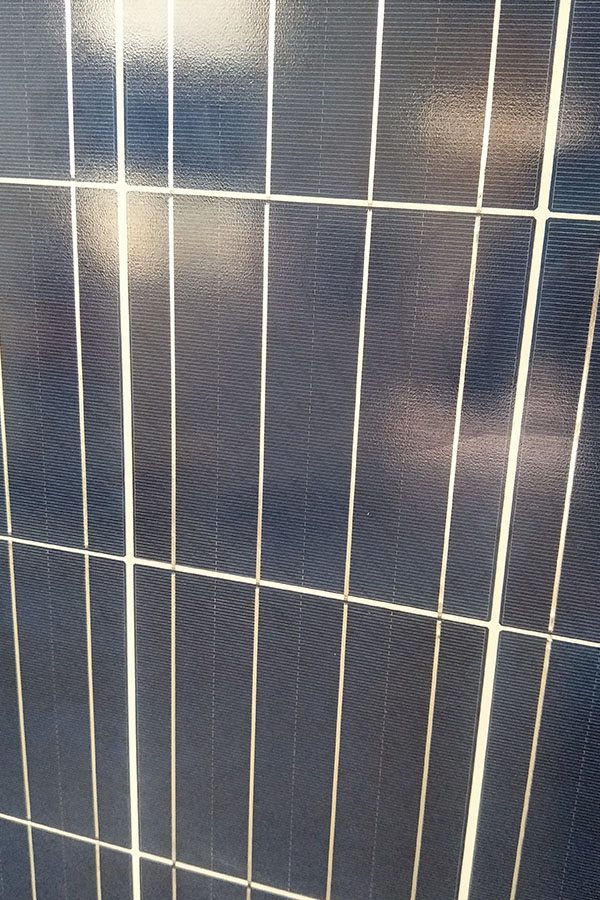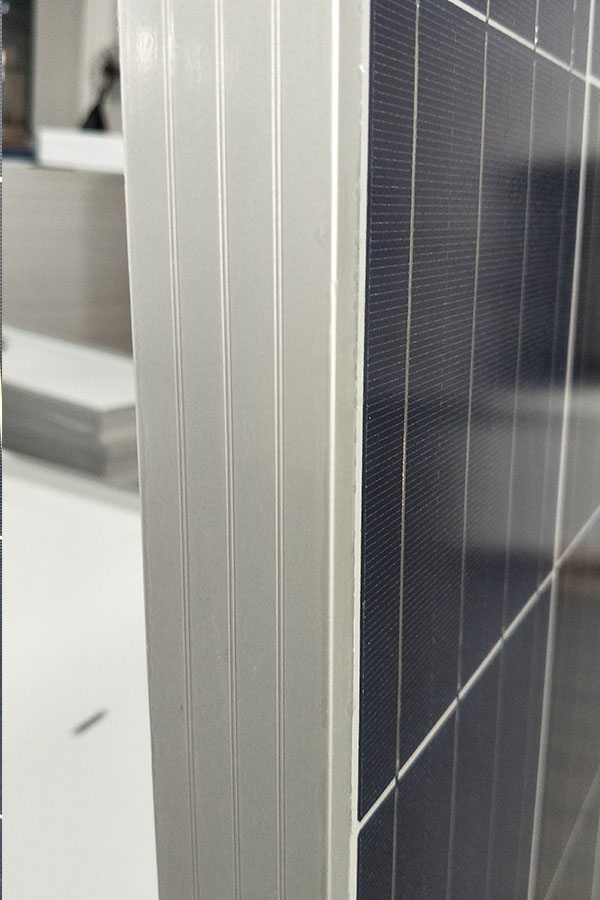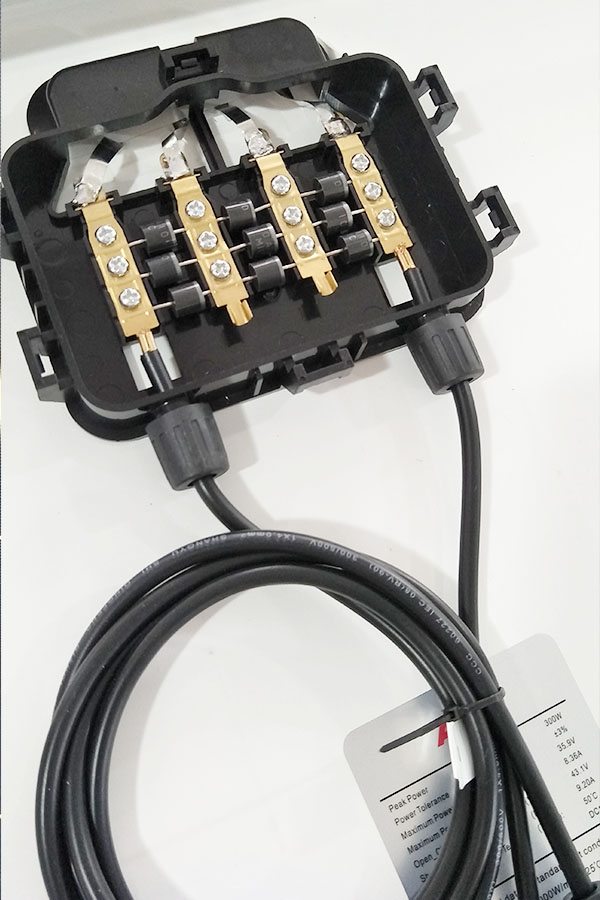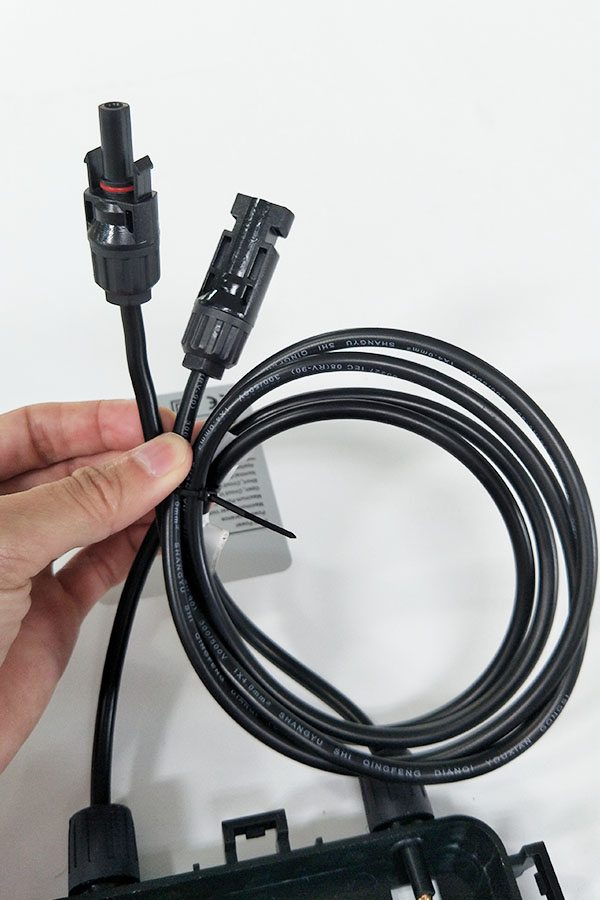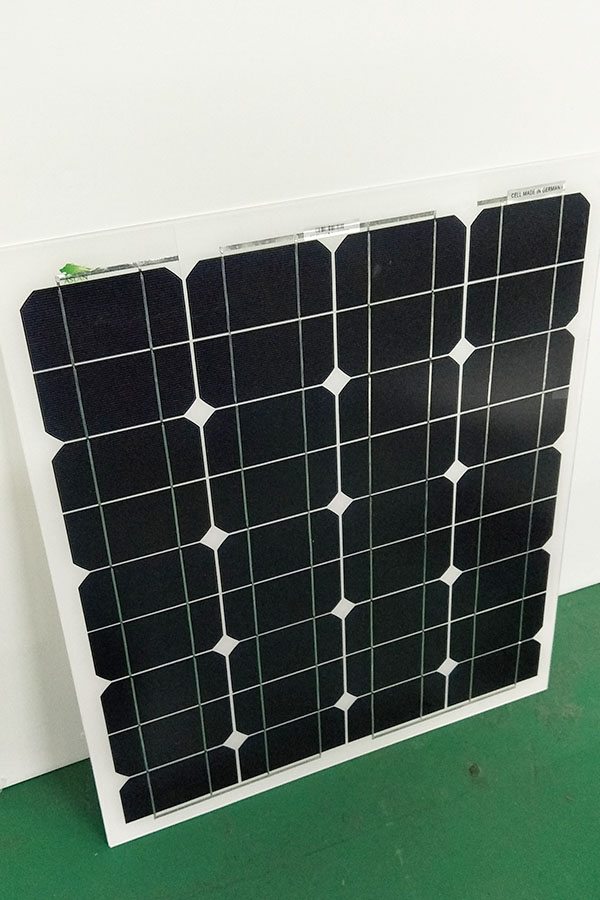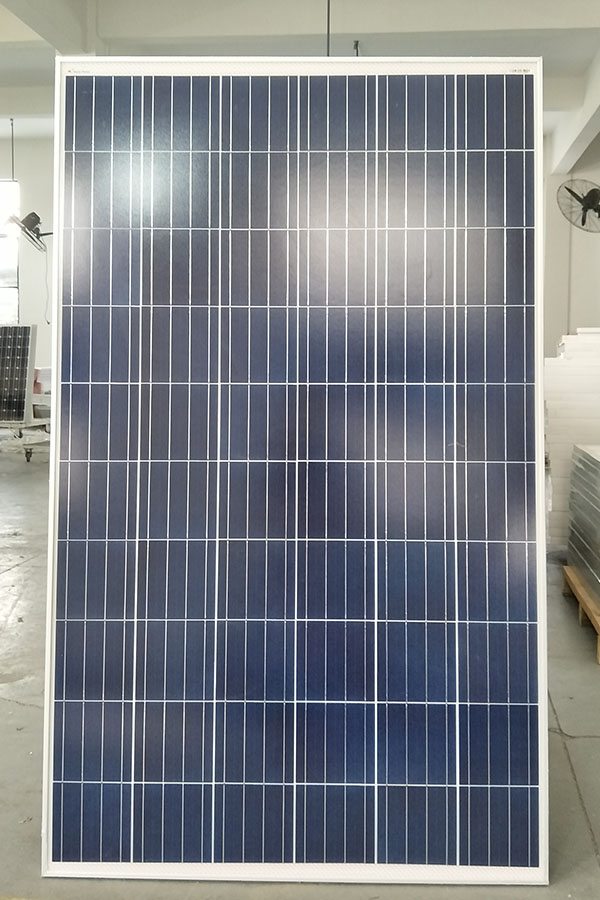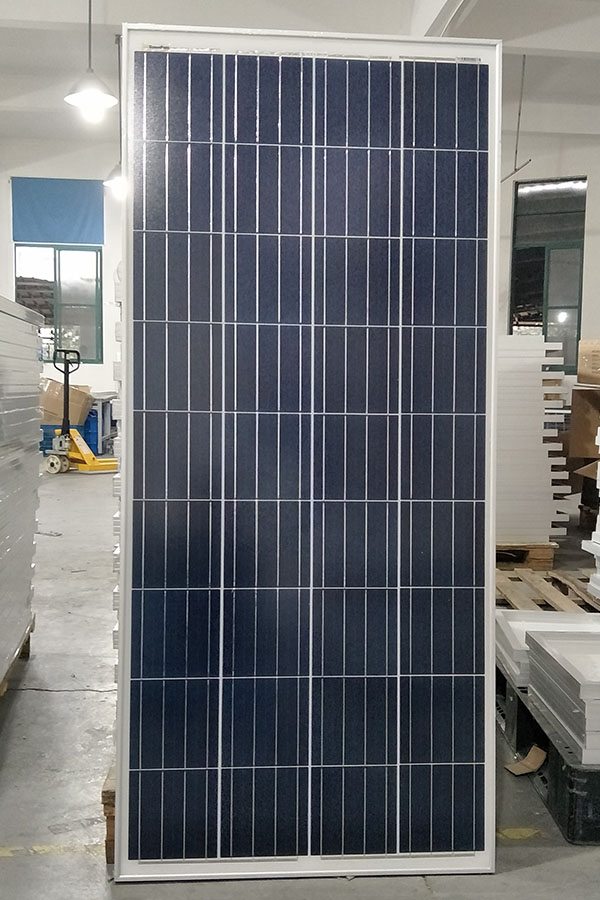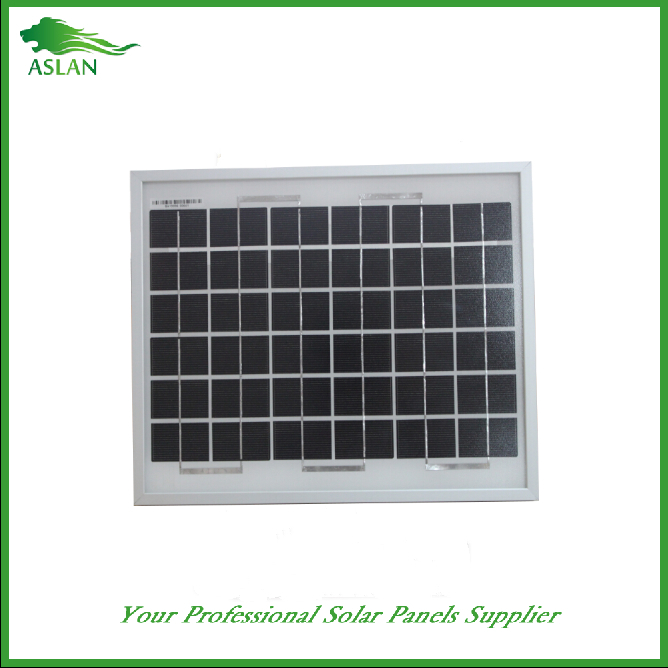professional factory provide Poly-crystalline Solar Panel 200W in Porto
Short Description:
We not only will try our best to offer excellent services to every customer, but also are ready to receive any suggestion offered by our customers for professional factory provide Poly-crystalline Solar Panel 200W in Porto, We encourage you to make contact as we are looking for partners in our venture. We are sure you will find doing business with us not only fruitful but also profitable. We are ready to serve you with what you require.
Poly-crystalline Solar Panel 200W
Technical parameter
Maximum Power(W) 200W
Optimum Power Voltage(Vmp) 26.78V
Optimum Operating Current(Imp) 7.47A
Open Circuit Voltage(Voc) 32.66V
Short Circuit Current(Isc) 8.21A
Mechanical Characteristics
Cell Type Polycrystalline 156x156mm (6 inch)
No of Cell 54 (6x9pcs)
Dimensions 1482x990x40mm
Weight 17.6Kg
Front Glass 3.2mm,High Transmission, Low Iron,Tempered Glass
Junction box IP65 Rated
Output Cable TUV 1×4.0mm2/UL12AWG,Length:900mm
Temperature and Coefficients
Operating Temperature(°C): -40°C ~ + 85°C
Maximum System Voltage: 600V(UL)/1000V(IEC) DC
Maximum Rated Current Series: 15A
Temperature Coefficients of Pmax: -0.47%
Temperature Coefficients of Voc: -0.389%
Temperature Coefficients of Isc: 0.057%
Nominal Operationg Cell Temperature (NOCT): 47+/-2°C
Materials of solar panel
1).Solar Cell——Polycrystalline solar cell 156*156mm
2).Front Glass——-3.2mm, high transmission, low iron, tempered glass
3).EVA——-excellent anti-aging EVA
4).TPT——-TPT hot seal made of flame resistance
5).Frame——anodized aluminum profile
6).Junction Box——-IP65 rated, high quality, with diode protection
Superiority: high quality anodized aluminum frame, high efficiency long life, easy installation, strong wind resistance, strong hail resistance.
Features
1. High cell efficiency with quality silicon materials for long term output stability
2. Strictly quality control ensure the stability and reliability, totally 23 QC procedures
3. High transmittance low iron tempered glass with enhanced stiffness and impact resistance
4. Both Poly-crystalline and Mono-crystalline
5. Excellent performance in harsh weather
6. Outstanding electrical performance under high temperature and low irradiance
Quality assurance testing
Thermal cycling test
Thermal shock test
Thermal/Freezing and high humidity cycling test
Electrical isolation test
Hail impact test
Mechanical, wind and twist loading test
Salt mist test
Light and water-exposure test
Moist carbon dioxide/sulphur dioxide
Kaideng offers a low-cost micro-inverter and monitoring hub & software for $200. After initial challenges with getting the software and hub up and running it is working fine with one issue remaining which is a deviation between the AC power output the software is indicating and what is measured at the power outlet itself. Work in progress…..
This is a little teaser video for my semi-portable solar box.
It’s using an 80 watt cdr-king solar panel and the angle is adjustable. Inside is a 40 Ah motolite solar master battery and a cdrking 10 amp charge controller. There’s a desktop case fan mounted in the top panel to exhaust any heat or battery charging gases from the box. The fan is wired directly to the solar panel so it only runs while its hot outside and the panel is generating power. There’s a little switch box (diy) for turning loads on and off individually.
With the battery removed, I’d estimate the box weighs around 15-20KG and can be moved pretty easily by just one person. With the battery still inside, i’d estimate the weight to be about 35KG and can be moved by one strong person but it’s much easier for two people to use the carrying handles either side.
Aside from expanding my personal solar capacity. This box will serve as a test platform for rescue/charity use. After Yoolanda hit the Philippines, I was a volunteer driver for Oplan Hatid for a few weeks at Villamor airbase. The airforce were flying in survivors from Tacloban and then we’d drive them from Villamor airbase to their family in metro manila, batangas, bulacan, everywhere! Aside from driving, I also provided the wifi that was used by Oplan Hatid volunteers. It was used for map lookups, posting updates or requests for more volunteers, other related activities and to just kill some time while waiting for the planes to land.
I setup multiple access points with different 3G providers for redundancy. Power wasn’t a major issue but occasionally things were unplugged or moved and it did sometimes cause problems. A self contained unit like this that can provide internet, cellphone/radio charging, wifi networking for printers etc etc could be an ideal thing for charities, volunteers and government agencies to keep available for these kind of emergency uses.
